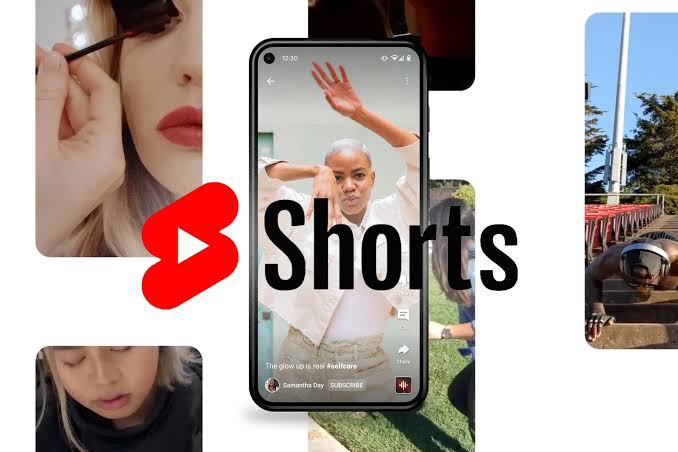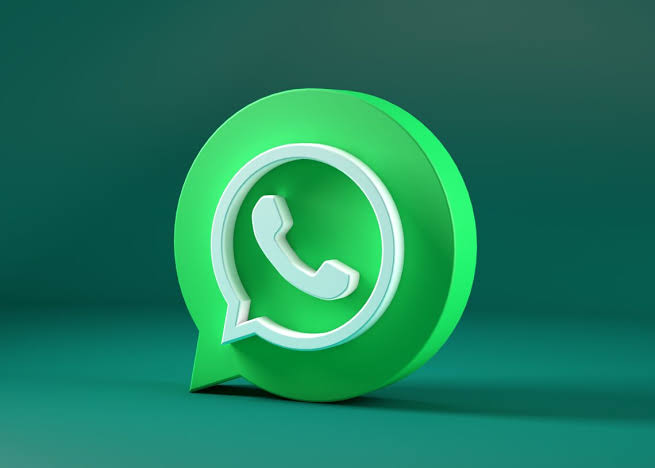On Wednesday, YouTube announced a new AI tool for Shorts creators that turns still images into short videos to boost creativity and engagement on the platform.
This fresh feature, called “image-to-video,” lets users transform any picture from their camera roll into a dynamic six-second clip with just a few taps.
How the image-to-video AI tool works
The new tool allows creators to select a photo and choose from animation prompts like “subtle movements” or “I’m feeling lucky.”
Once selected, the AI adds motion to the image, such as gentle zooming or panning, effectively animating landscapes, group photos, or even everyday snapshots.
YouTube showcased an example where a static photo of a pedestrian signal transforms into a video with the walking-man symbol dancing while the camera zooms in.
This feature is powered by Google’s Veo 2 video generation model, a cutting-edge AI engine that automatically creates visually appealing video content from static images.
The seamless process requires no manual editing, making it accessible for seasoned creators and casual users. The tool is integrated directly into the Shorts creation hub, so creators can easily access it while recording or editing their videos.
New AI effects complement the image-to-video feature
Alongside the image-to-video tool, YouTube Shorts introduced new AI-powered effects designed to enhance user creativity further.
These effects include transforming doodles into artistic images and turning selfies into playful videos, such as swimming underwater or “twinning” with a lookalike.
All these features are available through the Shorts camera’s “Effects” panel under the AI section, making adding unique touches to Shorts content easier than ever.
YouTube ensures transparency by clearly labelling all AI-generated content and embedding SynthID watermarks so viewers know when AI tools have been used.
These AI tools are currently rolling out in the United States, Canada, Australia, and New Zealand, with plans to expand to more countries later in 2025.
This move aligns with Google’s broader strategy, as similar image-to-video capabilities will soon be available in Google Photos and other Google-powered apps.
YouTube announced the image-to-video AI tool, which is expected to lower creators’ barriers to producing engaging videos without complex editing skills. “This lets creators bring their stories to life effortlessly. ”
With these upgrades, YouTube Shorts aims to stay competitive in the short-video market by boosting creative possibilities powered by AI, making video creation faster, simpler, and more fun.
















